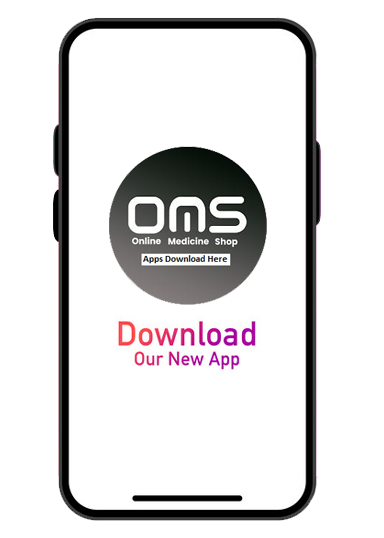
Powder For Suspension Xylocef (100 mg-5 ml)
৳ 0
Quantity:
1
Order By Call:
+88 01540 384 786 (Mobile)
+88 01819 479 004 (WhatsApp)
About the Product
Full Description
\n
\nIndications
\nCefixime is indicated in the following infectious diseases- \n
\n- \n
- Respiratory Tract Infections:?Pneumonia, Sinusitis, Pharyngitis and Tonsillitis, Acute Bronchitis and Acute Exacerbations of Chronic Bronchitis (AECB) \n
- Otitis Media \n
- Typhoid \n
- Urinary Tract Infections \n
- Uncomplicated gonorrhea (cervical/urethral). \n
\n
\nTherapeutic Class
\nThird generation Cephalosporins
\n \n
\nPharmacology
\nCefixime binds to 1 or more of the penicillin-binding proteins (PBPs) which inhibit the final transpeptidation step of peptidoglycan synthesis in bacterial cell wall, thus inhibiting biosynthesis and arresting cell wall assembly resulting in bacterial cell death.
\n \n
\nDosage & Administration
\nThe usual course of treatment is 7 days. This may be continued for up to 14 days if required. The daily dose can be given in 1?2 divided doses. \n \nUsual dose: \n
\n- \n
- Adult and child over 10 years: 200?400 mg daily \n
- Child over 6 months: 8 mg/kg daily \n
- 6 months to 1 year: 75 mg (3.75 ml) daily, \n
- 1 to 4 years: 100 mg (5 ml) daily \n
- 5 to 10 years: 200 mg (10 ml) daily \n
- \n
- Adult: 200 mg 12 hourly \n
- Child: 10 mg/kg 12 hourly \n
- \n
- Adult: 400-800 mg as a single dose \n
\n
\nInteraction
\nIncreased prothrombin time (with or withot bleeding) with anticoagulants (e.g. warfarin). Increased plasma carbamazepine concentrations with concomitant use. Increased bioavailability with nifedipine. Increased serum concentration with probenecid.
\n \n
\nContraindications
\nPatients with known hypersensitivity to cephalosporin antibiotics, children under 6 months.
\n \n
\nSide Effects
\nCefixime is generally well tolerated. The majority of side-effects observed in clinical trials were mild and self-limiting in nature. Diarrhoea, stool changes, nausea, vomiting, abdominal pain, dyspepsia, headache and dizziness.
\n \n
\nPregnancy & Lactation
\nPregnancy category B. There are no adequate and well-controlled studies in pregnant women. So this drug should be used during pregnancy only if clearly needed. \n \nUse in Lactation: It is not known whether cefixime is excreted in human milk. So it is probably best either to avoid using the drug by the nursing mother or to discontinue breast feeding.
\n \n
\nPrecautions
\nPatient with history of penicillin allergy. Renal impairment. Children. Pregnancy and lactation.
\n \n
\nOverdose Effects
\nSymptoms: Mild to moderate adverse GI effects. \nManagement: Supportive treatment. Empty stomach by gastric lavage.
\n \n
\nUse in Special Population
\nUse in Children: Safety and effectiveness of cefixime in children aged less than 6 months have not been established. For children younger than 12 years or weighing less than 50 kg, the usual dose is 8 mg/kg/day. \n \nUse in elderly:? No special precautions are necessary. Old age is not an indication for dose adjustment. \n \nDosage in renal impairment: \n
\n- \n
- Creatinine clearance: 20 ml/min or greater: normal dose \n
- Creatinine clearance: <20 ml/min or chronic ambulatory peritoneal dialysis \n
- Haemodialysis: daily dose should not exceed 200 mg. \n
\n
\nStorage Conditions
\nStore in a cool and dry place below 30?C
Reviews:
No Review
Releted Products





